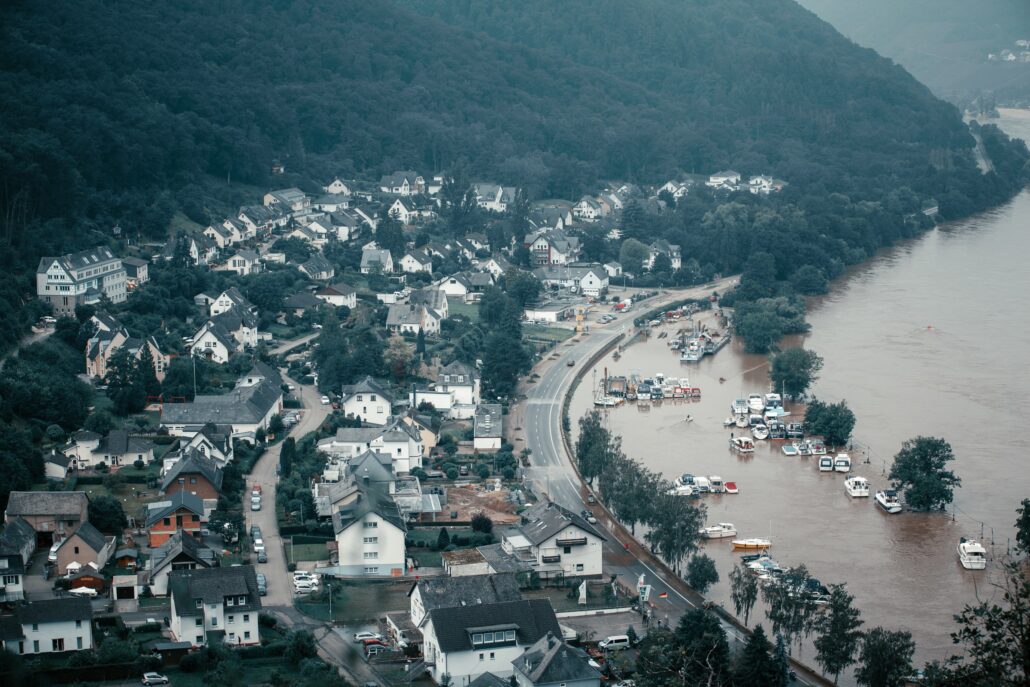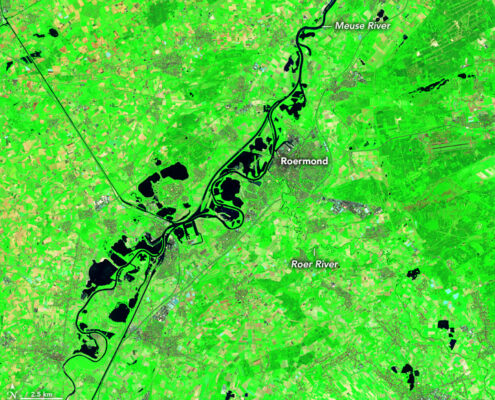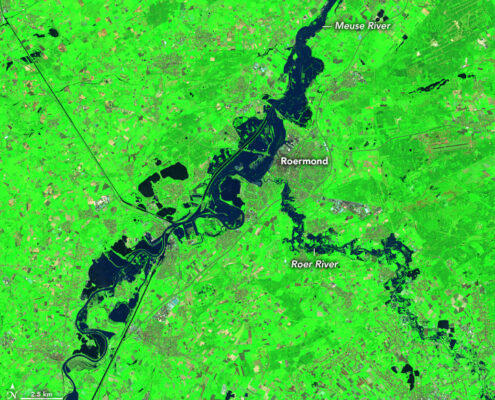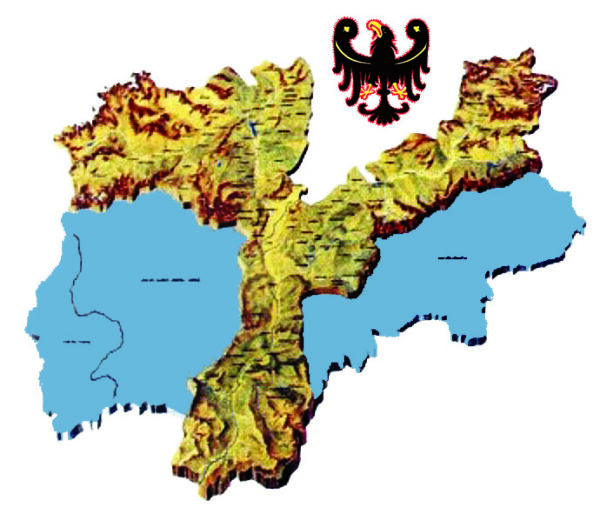November 12, 2021
Summer 2021 will probably be remembered for the next years in Central Europe as “the summer of the floods”. From the 13th to the 18th of July, intense storms dropped 150-200 mm of rain in 24 hours, filling-up streams, overtopping riverbanks, washing away adjoining cars, houses and trees and even triggering destructive landslides.
According to the press, more than 200 people in Germany, Luxemburg, Belgium, and the Netherlands lost their lives in such a tragic event. Thousands more were injured and evacuated as well. Visiting one of the mostly damaged towns, Adenau, German Chancellor Angela Merkel called the event: “Terrifying, the German language can barely describe the devastation” [1]. Minor, but still relevant, damages caused by the same storm were also reported in Switzerland, Austria, Italy, France, Czech Republic and the UK [1].
The climate crisis is surely one of the main causes of such a great calamity.
The affected area
The rivers Rhein, Meuse, and their tributaries were responsible for most of the devastation. In Liège, a large Belgian city, people were asked to evacuate their homes even in the city center. The same request was made in the Dutch province of Limburg and in many other towns of the affected area.
Worse than in Benelux, the river Ahr – a tributary of the Rhine – destroyed 20 of the 35 bridges crossing its path in Ahrweiler, northwestern Germany. Additionally, a series of flash floods completely swallowed the village of Schuld [2].
For a long time after the event, international newspapers published tragic pictures of the effects of this huge natural disaster. Here the most suggestive.
Some satellite images by ESA (the European Space Agency) and NASA can perfectly describe the extraordinary power of this flood. Figure 1 shows the flooding in the area surrounding the city of Roermond, the Netherlands. The picture on the left was taken on the 16th of July. It could be named “the calm before the flood”. Instead, the view on the right shows the inundated area immediately after the occurrence: it was taken on the 18th of July.
Fig. 1: The area of Roermond, in the Netherlands, was completely inundated by the Meuse and the Roer Rivers [3]. Picture: NASA, Earth Observatory, 2021.
The Climate Crisis role
Scientific literature stated that floods are not unknown events for Central European rivers. In a way, this last one resembles the floods of 2006 and 2013 that hit in Elbe and Danube basins [2]. Usually, events of such an intensity hit with a recurrence interval of 500 – 1000 years. However, the estimation of the recurrence interval lies in an analysis of historical records. Global warming is altering local weather conditions leading to a higher number of extreme events worldwide [4].
Summer 2021 floods seem to be a direct consequence of the extreme heatwaves that hit the Pacific Northwest and Northern Europe in June and early July 2021. The higher the temperature of the atmosphere, the higher the amount of absorbed water vapor, and hence, the higher the precipitation rate [1].
Additionally, global warming may also be affecting the northern hemisphere jet stream, leading to more frequent successions of long-time droughts and heavy rainfalls [2]. Although the correlation between global warming and the jet stream seems reasonable given the recent weather anomalies, it remains unproved.
Unproved does not mean inexistent. The remarks of Prof. Carl-Friedrich Schleussner, Head of the Climate Science at Climate Analytics and researcher at the Humboldt-Universität Berlin, on the summer 2021 floods perfectly explain why studying unassessed global warming effects is key nowadays [1]:
“The question is not whether climate change had contributed to the event, but rather how much”.
Bibliography:
[1] 2021 European floods. (2021). In Wikipedia. https://en.wikipedia.org/w/index.php?title=2021_European_floods&oldid=1054159466
[2] JBA. (n.d.). Summer Floods in Europe 2021. Retrieved November 12, 2021, from https://www.jbarisk.com/flood-services/event-response/summer-floods-in-europe-2021/
[3] Dauphin, L. (2021, July 19). Deadly Floods Surprise Europe [Text.Article]. NASA; NASA Earth Observatory. https://earthobservatory.nasa.gov/images/148598/deadly-floods-surprise-europe
[4] Becker, A., & Grünewald, U. (2003). Flood Risk in Central Europe. Science, 300(5622), 1099–1099. https://doi.org/10.1126/science.1083624

This article is part of the project “Environmental Blogging Boost 4 Students”, aimed at increasing the spread of agroecology and sustainable water management in Trentino. The project is financed by the BIM Adige Water Catchments Consortium (grant approved by provision n. 100 of June 06, 2021).







